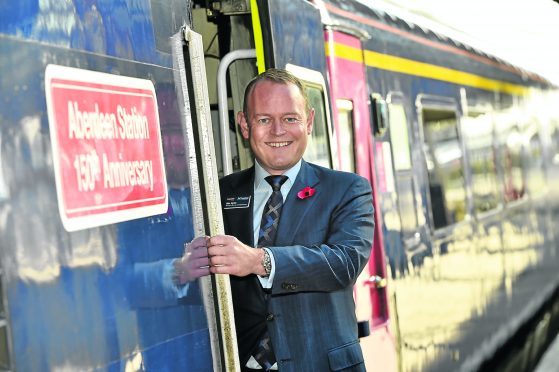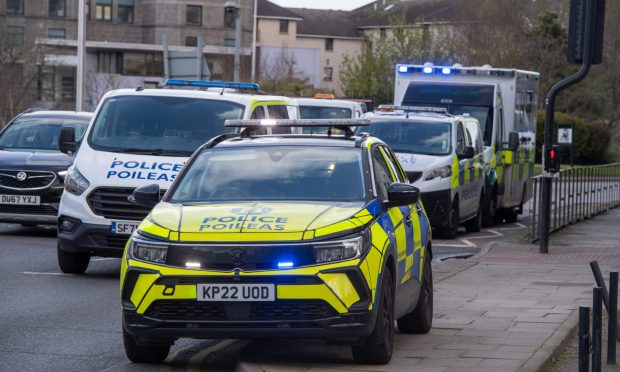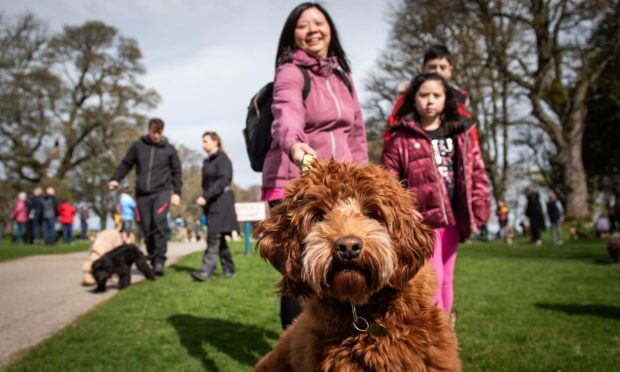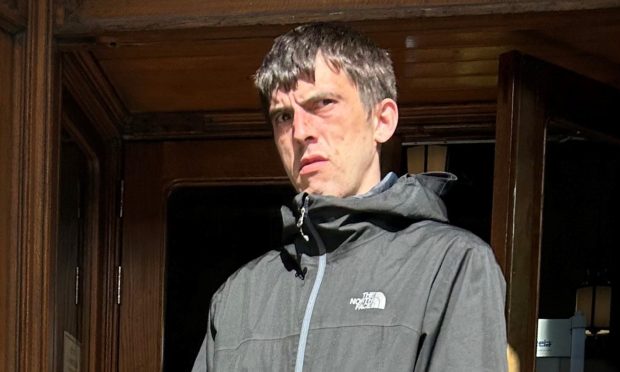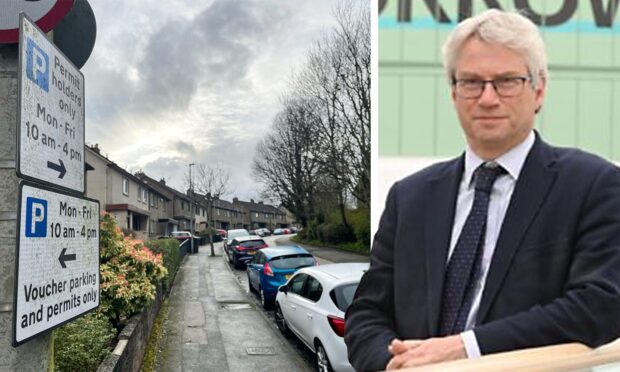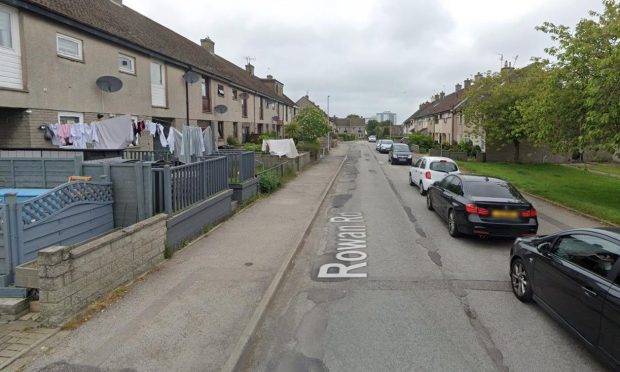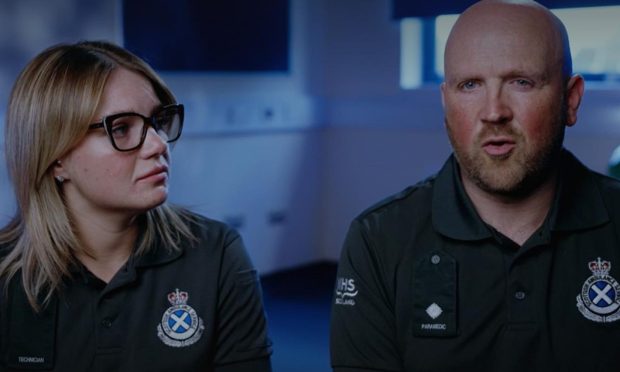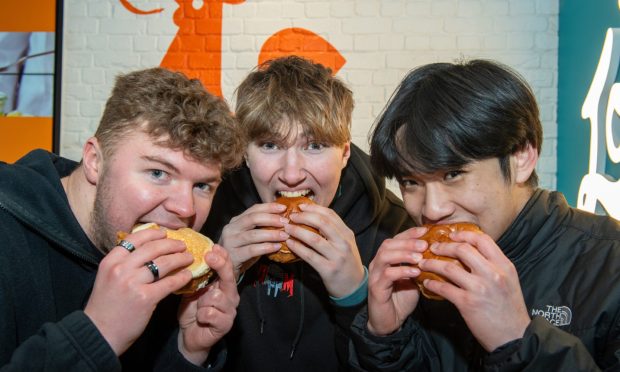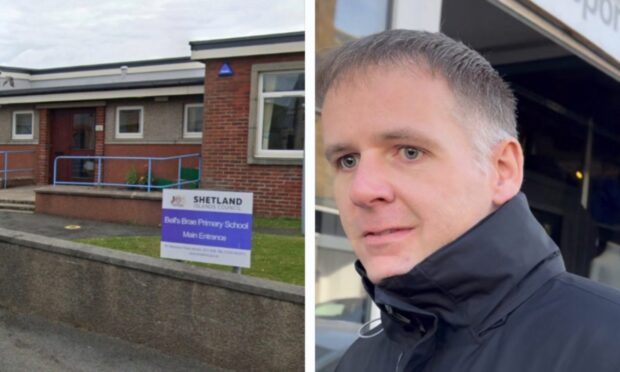Aberdeen Railway Station marked its 150th anniversary at the weekend – by naming a high-speed train after it.
Known officially as Aberdeen Station 150th Anniversary, it is the first high-speed train introduced in Scotland to speed up connections between the country’s main cities.
ScotRail Alliance intends to add 26 of the trains, which can reach speeds of 100mph, to its fleet next year to give the public a “better service”.
And in Aberdeen on Saturday, the organisation also unveiled plans to ensure the station is fit to serve passengers for another 150 years.
The firm confirmed it was looking to breathe fresh life into the station complex by introducing a variety of new retail options and brightening up the amenities.
This involves a multimillion-pound refurbishment of the main concourse, with up to £5million being invested in the process.
Designs of the proposals show glass-fronted restaurants in the concourse, modernising it to be more in keeping with its location around the Union Square shopping complex.
Alex Hynes, the managing director of the ScotRail Alliance, said: “This investment will improve the service we offer to our customers and support the local economy.
“A key focus of the redevelopment work will be to increase the quality and quantity of the retail offer in the station, to bring it more into line with the standard available in Union Square.
“The other investment we are making – the high-speed trains and the Aberdeen to Inverness improvement programme – means it is an exciting time for this part of the country.”
The company has invited contractors to express their interest in working on the redevelopment. It is hoped the renovation to existing facilities will begin in the second half of 2018 and be completed in 2019.
Transport Minister Humza Yousaf said he considered Aberdeen was a “key station in Scotland’s growing network”.
He added: “Our commitment to rail services in this area is underlined by the investment we are making in improvements to the infrastructure.”
New high-speed trains mark 150th anniversary
It has become one of the most recognisable buildings in Aberdeen.
And on Saturday a special event was held to mark the 150th anniversary of the city’s railway station in Guild Street.
The locale’s history stretches back to the days of such luminaries as Queen Victoria and Charles Dickens and a series of evocative black and white photographs testified to how the station looked in its earliest incarnation.
Yet it was perhaps appropriate the emphasis at the weekend’s event was as much about going forward as looking back.
A high-speed train was officially named Aberdeen Station 150th Anniversary to celebrate the occasion, and its sleek, turbocharged technology was in stark contrast to the old steam vehicles which once arrived in the Granite city.
Railway historian Keith Jones said the premises have undergone a range of developments since their initial foundation.
He said: “Until 1867, both the Great North of Scotland Railway and the Caledonian Railway and their predecessors used separate stations in Aberdeen, to the great inconvenience of passengers. These were about half a mile apart, at Waterloo Quay and at Guild Street, and that meant travellers often missed connections and had to dash between the two places.
“However, on that November 4, the two companies opened a commodious new Joint Station on Guild Street, together with the ‘Denburn Valley Railway’ from Kittybrewster.
“A completely new and much larger station subsequently replaced the original building between 1912 and 1915. In turn, this too has seen much modernisation, most recently with the construction of Union Square shopping centre.
“Until it opened 150 years ago, the public could only use vehicles such as stagecoaches or boats, while you had turnpikes and tolls on the roads, and a journey between Aberdeen and London would take several days.
“Whereas, after the station had come into existence, the trip could be done in a day.
“So it truly revolutionised Britain.”
ScotRail Alliance’s managing director, Alex Hynes, said: “Aberdeen station has been at the heart of the city for 150 years, so it is an honour to mark this important anniversary.
“Aberdeen station is central to our plan to build the best railway Scotland has ever had.”
An exhibition, organised by ScotRail, in association with the Great North of Scotland Railway Association, and the Ferryhill Railway Heritage Trust, is being held throughout November at Aberdeen Central Library.
It features an eclectic range of memorabilia, including a collection of photographs, old holiday brochures, maps, railway hotel menus and myriad other items.
The facts
- In 1912, Reverend Forbes Jackson of Aberdeen was assaulted with a dog whip by suffragette, Emily Jackson, who mistook him for Lloyd George, who was in the city at the same time.
- Suburban trains ran to Dyce from 1887 and Culter from 1894, with several intermediate stops in just over 20 minutes.
- The luxury, railway-owned Palace Hotel, which was burned down in 1941, had a direct footbridge connection to the station platform, where passengers were met by hotel porters.
- During WWII, the glass was removed from the roof of the station and stored under a disused platform at Fyvie.
- David Bowie and Mick Ronson travelled up to Aberdeen Railway Station in 1973 for the first gig of the final Ziggy Stardust tour. The rock legends had a British Rail lunch of lamb chops, boiled potatoes and peas.
